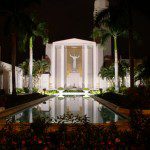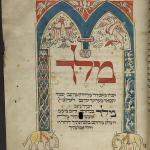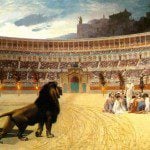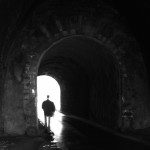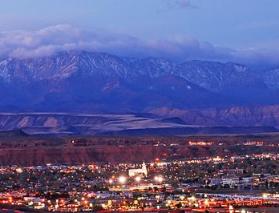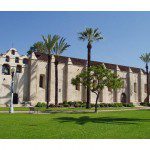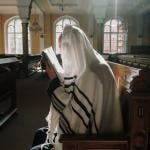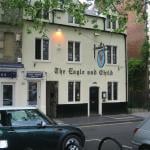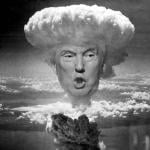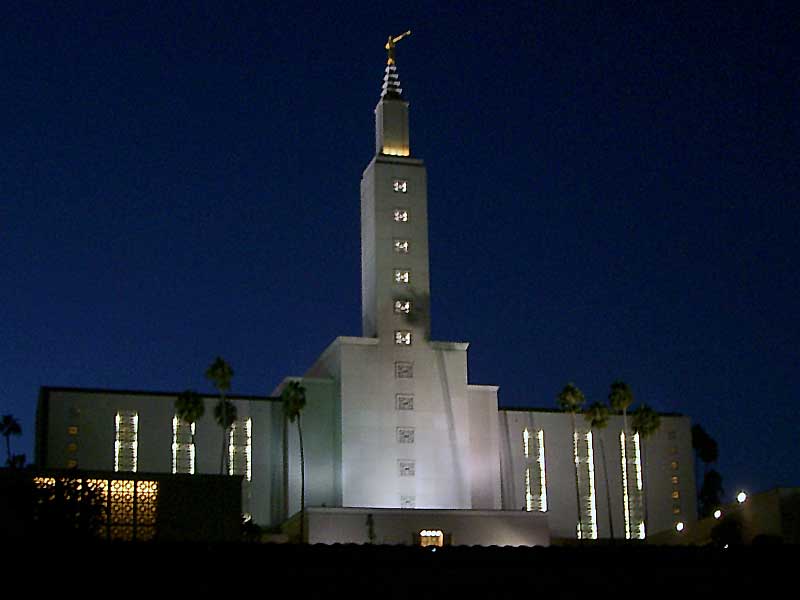
(Wikimedia Commons public domain image)
I would like to call your attention to a few articles by Latter-day Saint social scientists whom I find consistently interesting and worth reading. One of them is Stephen Cranney:
Recently, Dr. Cranney has written three fascinating articles with Josh Coates, who heads up the B. H. Roberts Foundation:
Another of my favorite Latter-day Saint social scientists is Jacob Hess:
- In this connection, another Deseret News article is interesting: “Are we on the verge of a ‘marriage renaissance’? Despite discouraging numbers, the conversation about marriage is suddenly changing in positive ways” We can hope!
- And here is a possibly relevant essay from the Evangelical Protestant magazine Christianity Today: “Doubt Is a Ladder, Not a Home: Churches should welcome questions. That doesn’t require embracing perpetual doubt.”
I really feel strongly about this issue, and I’m proud that Utah might be potentially taking the lead on so important a front. Of course, the Utah Senate bill directly concerns only the state’s public colleges and universities, but the Utah university about which I care the most is a private one.
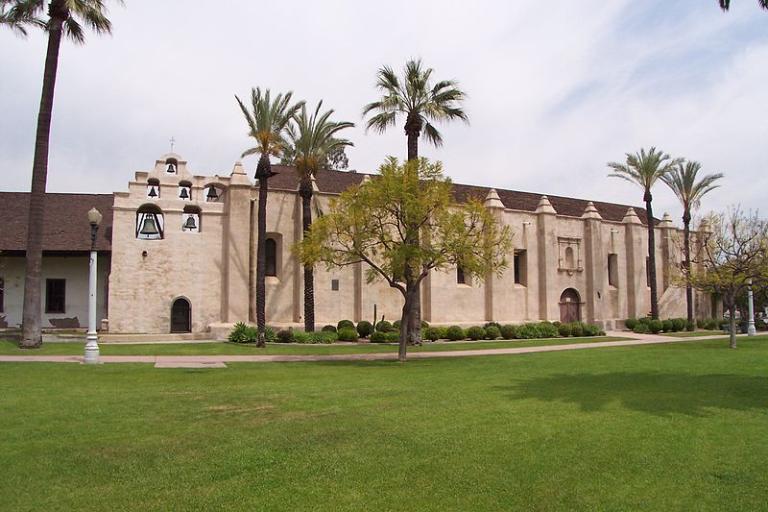
Flying yesterday from Honolulu to Los Angeles, I sometimes had my personal screen on the “My Flight” channel, or whatever it’s called. As we neared California, I was seeing the names of various towns and cities and trying to figure out where we were. We came in from the north, flying between Santa Barbara and the Channel Islands and then eastward over greater Los Angeles until we executed a great turn right over the skyscrapers of downtown for an approach to the airport from the east.
Seeing the place names made me think. (Few things do, of course, but I promise that it really happened this time.) I occasionally run into atheists who profess to be offended (or even, sometimes, somehow injured) by any overt presence of religion in the public square.
I was wondering how such folks must handle the place names in California, which so often reveal not only its Hispanic heritage but its religious history. They probably simply haven’t noticed them or haven’t paid attention to them. But they’re almost everywhere. Almost, one might say, inescapable.
Santa Barbara is an obvious example. But scores of other specimens can be supplied, including San Francisco, San Jose, Santa Ynez, Sacramento (both city and river), Santa Maria, San Diego, San Fernando, Santa Cruz, San Luis Obispo (the last word being needed in order to distinguish it from San Luis Rey), San Onofre, Mount San Jacinto, San Clemente, Santa Catalina, San Ysidro, the San Joaquin Valley, Mount San Gregorio, San Bernardino, San Juan Capistrano, Santa Gertrudes, Santa Monica, my own home town of San Gabriel, and on and on and on. And then, of course, there is the literal queen of them all: El Pueblo de Nuestra Señora la Reina de los Ángeles, ‘The Town of Our Lady the Queen of the Angels” (aka Los Angeles).
If anybody ever really seeks to do so, it will be very difficult to erase the legacy of Hispanic Catholicism from the history — and from the map — of the state.

This was the first temple in California. Now, if I’m not mistaken, there are eleven of them that are either fully operational, or under construction, or newly announced..
I have had some limited experience with the services provided by the Church of Jesus Christ of Latter-day Saints for people seeking employment. I was very, very impressed.
However, I note that at least a few of the linked articles with which I opened this blog entry might also be found in the almost infinitely capacious Hitchens File.
Posted from Los Angeles, California


